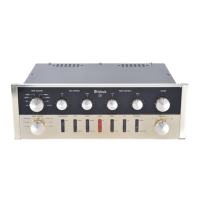
Do you have a question about the McIntosh C11 and is the answer not in the manual?
| Type | Preamplifier |
|---|---|
| Number of Channels | 2 |
| Total Harmonic Distortion | 0.1% |
| Output Impedance | 600 ohms |
| Voltage output | 2.5V |
| Input Sensitivity | 0.25V |
| Signal to Noise Ratio | 90 dB |
| Frequency Response | 20Hz to 20kHz ±0.5dB |
Details the circuit design, controls, and construction for performance and ease of use.
Provides chassis and front panel physical dimensions and mounting space requirements.
Lists chassis and shipping weight.
States the anodized gold and black finish.
Specifies voltage, cycles, and wattage.
Lists sensitivity and impedance for various input types.
States the frequency response range and tolerance.
Specifies distortion levels at rated output.
Details hum and noise levels for different inputs.
Describes main output voltage and jack configuration.
Details tape output voltage and jack configuration.
Describes the L+R output voltage and impedance.
Lists voltage amplification figures for various inputs/outputs.
Describes the type and control of AC outlets.
Explains the function of the input selection switch with eight program sources.
Details how the mode selector reverses channels or creates mono output.
Describes the function of the left and right bass adjustment knobs.
Describes the function of the left and right treble adjustment knobs.
Explains how the balance control adjusts left/right channel loudness.
Describes the control for program equalization (e.g., RIAA, LP).
Explains the tape monitor function for comparing source and recorded material.
Describes the phase switch for correcting loudspeaker or program phasing.
Explains the front panel power ON/OFF switch.
Details the low-frequency rumble and high-frequency noise reduction filters.
Explains the switch that modifies volume for low-level listening.
Describes the main volume knob regulating sound level for both channels.
Describes the thumbwheel controls for adjusting output levels.
Details the number, type, and control of AC power outlets.
Explains the control for front panel illumination brightness.
Describes receptacles for Tape Monitor, Aux, and Tape sources.
Describes receptacles for Phono and Microphone sources.
Explains the controls for adjusting tape equalization for different speeds.
Details screw terminals for connecting speaker leads and phase reversal.
Provides guidance on installing the C11 in furniture cabinets or relay racks.
Step-by-step instructions for creating the front panel opening for installation.
Instructions for mounting the unit using a shelf.
Details the process of securing the C11 unit within a cabinet.
Warns about using incorrect screw lengths to prevent electrical shorts.
Provides dimensions and mounting information for the L66 cabinet.
Explains the rear panel AC receptacles and their control.
Details the Main and Tape output jacks, impedance, and cable capacity limits.
Describes receptacles for Tape Monitor, Aux, and Tape sources.
Describes receptacles for Phono and Microphone sources.
Provides guidance on using resistors for correct phono cartridge termination.
Details the Main output to power amplifiers, impedance, and cable considerations.
Explains how the tape output is affected by input selector and compensator settings.
Provides steps for balancing channel loudness and frequency response.
Guides on correcting phase alignment between channels and loudspeakers.
Step-by-step guide for playing stereo records with the C11.
Addresses fine-tuning balance for unbalanced source material.
Explains using filters and tone controls for specific listening scenarios.
Instructions for connecting and operating with a stereo tuner.
Instructions for connecting and operating with a stereo tape machine.
Instructions for connecting and operating with tape decks without built-in preamplifiers.
Guidelines for using stereo microphones with the C11.
Instructions for listening to monophonic records using specific mode settings.
Provides contact information for customer service inquiries.
Information on obtaining a free factory service contract.
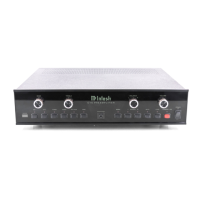
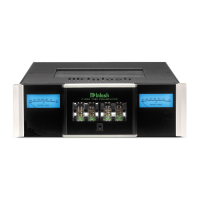


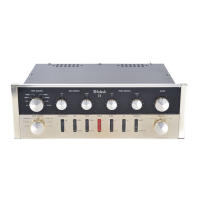
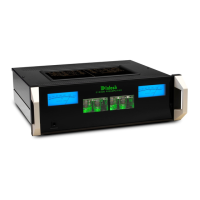

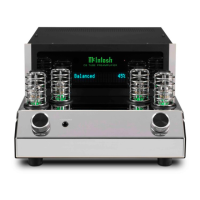
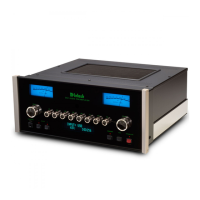
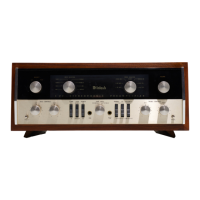
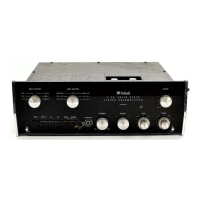
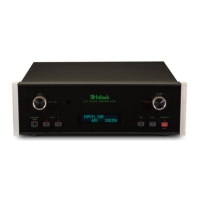
